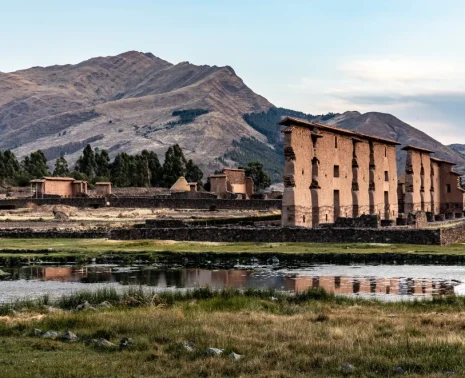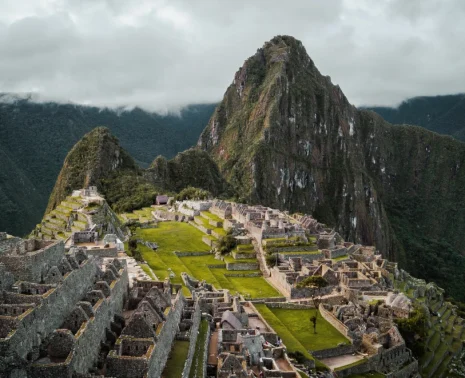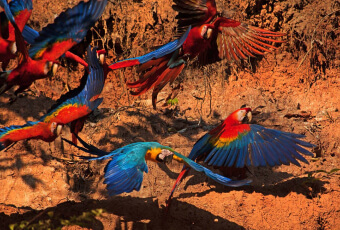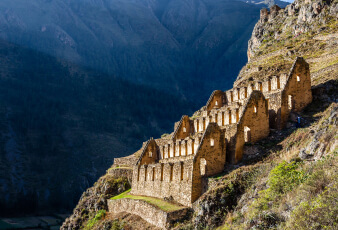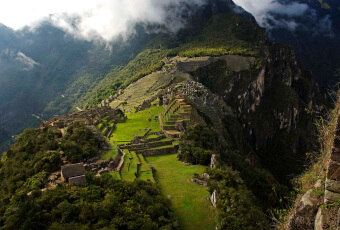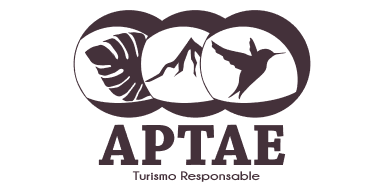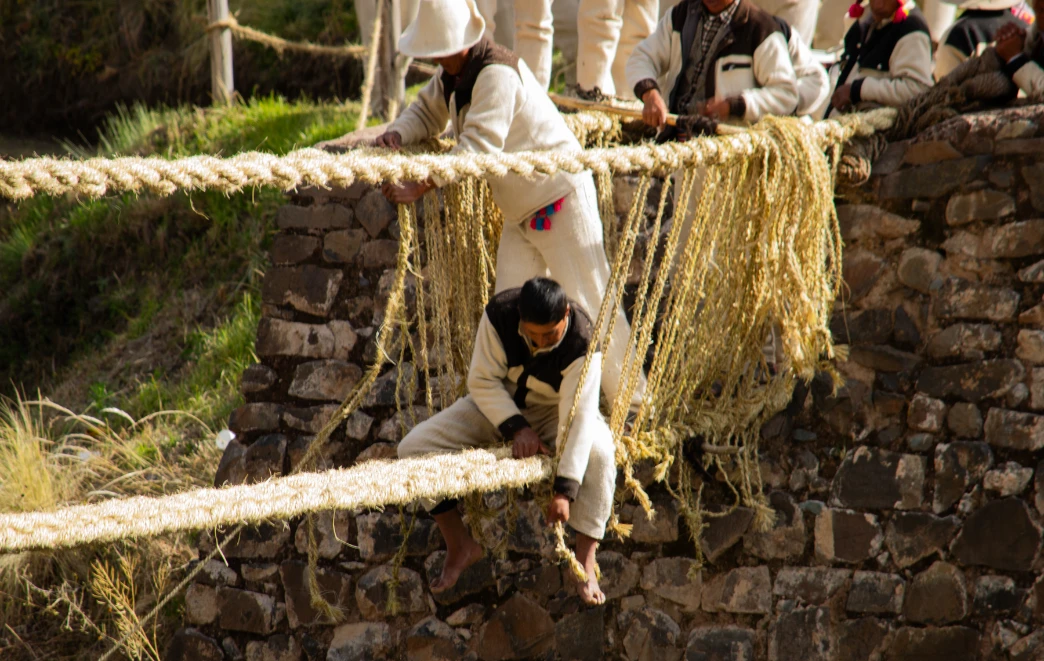
The Inca Empire is remembered not only for its awe-inspiring cities and spiritual depth but also for its extraordinary engineering achievements. Among the most remarkable examples of this ingenuity is the Inca Bridge. Far more than a practical tool, the Inca Bridge embodies the empire’s ability to conquer the rugged Andean landscape while reflecting its people’s communal spirit and profound connection with nature.
From suspension bridges woven from grass to secret cliffside passages at Machu Picchu, the Inca Bridge is both a symbol of resilience and a living tradition. At Kuoda Travel, we design journeys that reveal these hidden marvels, connecting you to the past while immersing you in the living heritage of Peru.
The Role of Bridges in the Inca Empire
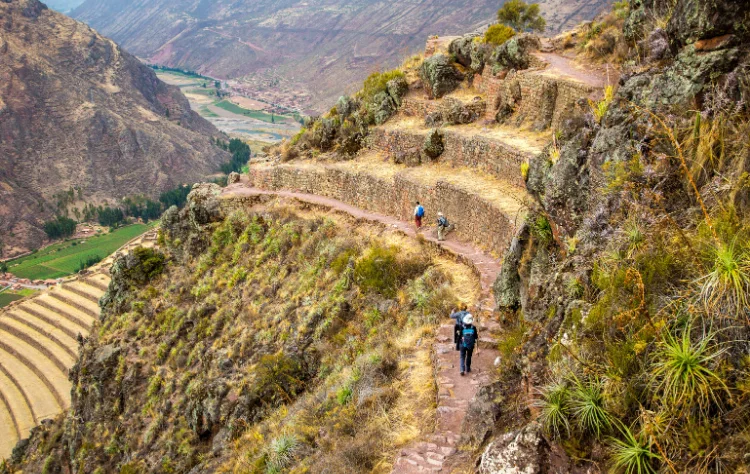
The Incas built one of the most extensive road networks in the world, known as the Qhapaq Ñan, stretching more than 25,000 miles across South America. This network linked the empire’s vast territories, from Ecuador to Chile and Argentina. Yet the Andes, with their deep canyons and raging rivers, posed immense challenges.
The solution was the Inca Bridge. Ingeniously crafted suspension bridges allowed travelers, traders, and messengers to cross otherwise impassable terrain. Constructed primarily of natural materials like ichu grass, these bridges were strong enough to support armies and caravans, yet flexible enough to withstand earthquakes.
For the Incas, bridges were not just infrastructure, they were lifelines connecting communities, cultures, and regions across the empire.
The Famous Q’eswachaka Inca Bridge
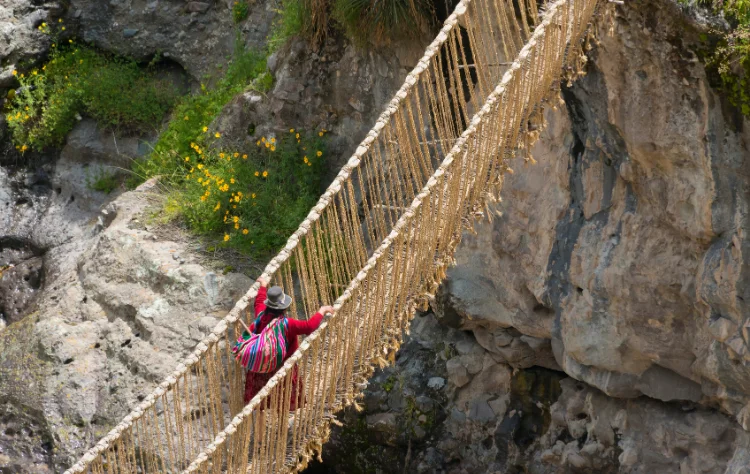
One of the most remarkable examples still exists today: the Q’eswachaka Inca Bridge. Located near Cusco, this bridge spans the roaring Apurímac River and has been continuously rebuilt for centuries using the same ancient techniques.
Every June, four local communities come together to weave the bridge anew. Using ichu grass harvested from the highlands, families braid ropes that are then combined into massive cables. Over the course of three days, the bridge is reconstructed in a communal festival that blends practical necessity with cultural celebration.
In 2013, UNESCO recognized this tradition as Intangible Cultural Heritage of Humanity, acknowledging not only the bridge itself but also the community spirit that sustains it. For travelers, witnessing or even walking across the Q’eswachaka Inca Bridge is a powerful reminder that the Inca legacy is not frozen in history, it is alive and thriving.
The Inca Bridge at Machu Picchu
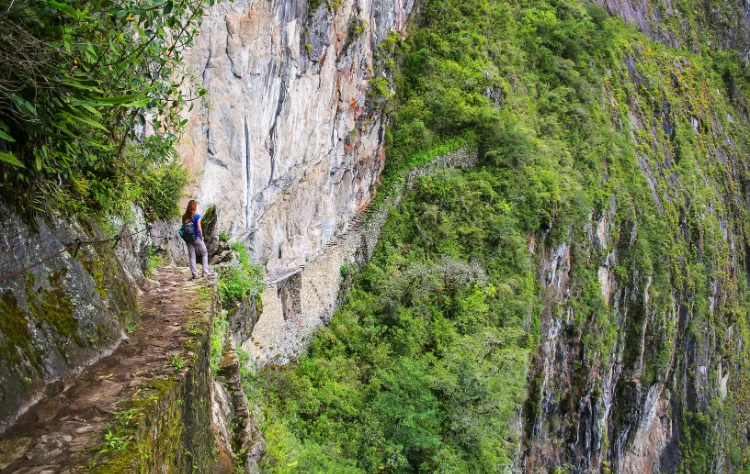
Another extraordinary site is the Inca Bridge at Machu Picchu. Hidden along a narrow stone path carved into a sheer cliff, this bridge served as part of the citadel’s defensive system. The structure included a wooden section that could be removed to prevent invaders from crossing, making Machu Picchu even more impenetrable.
Today, visitors can hike the short trail to the Inca Bridge, marveling at the ingenuity required to carve such a path in one of the world’s most challenging landscapes. The views are breathtaking, with the Urubamba River flowing thousands of feet below and the jungle-clad mountains stretching into the horizon.
For many, standing on this trail offers a glimpse into the daring spirit of the Incas and their unparalleled ability to harmonize architecture with nature.
Symbolism and Meaning of the Inca Bridge
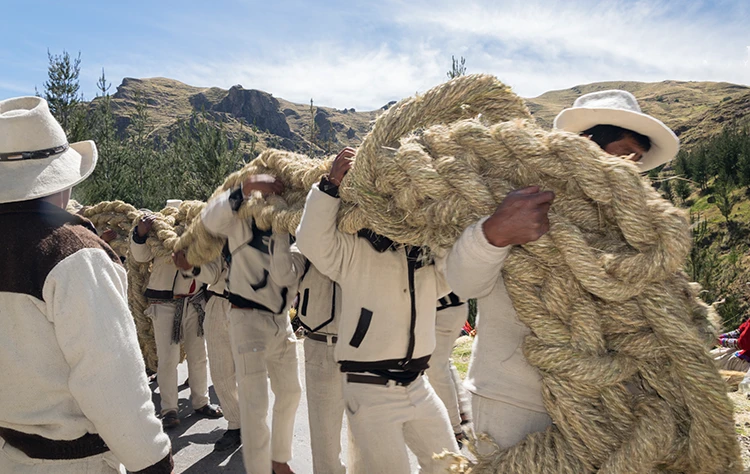
Beyond their functionality, Inca bridges carry profound symbolism. They represent connection, not only between valleys and rivers but also between people and the natural world.
The annual renewal of the Q’eswachaka Inca Bridge demonstrates the enduring importance of community and reciprocity, values central to Inca society. The Machu Picchu Inca Bridge, meanwhile, speaks to the empire’s vision of blending security, architecture, and sacred landscape.
In this way, the Inca Bridge is more than an artifact of engineering. It is a metaphor for the bonds that held the Inca Empire together, bridging physical divides as well as cultural ones.
Experiencing the Inca Bridge Today
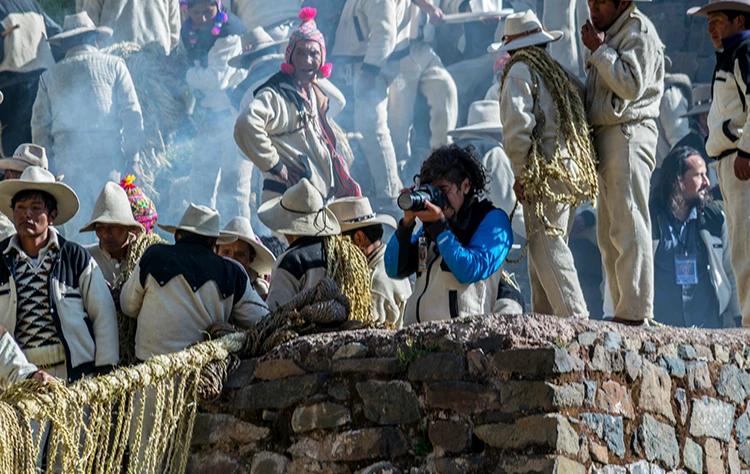
Travelers have unique opportunities to engage with these living legacies:
- Q’eswachaka Festival: Each June, visitors can witness the communal reconstruction of the bridge, a rare cultural immersion that few outsiders experience.
- Crossing the Inca Bridge: Walking the woven suspension bridge is both exhilarating and humbling, offering a direct connection to Inca traditions.
- Machu Picchu’s Inca Bridge Trail: A short, scenic hike leads travelers to the hidden defensive bridge, with panoramic views of the Andes.
At Kuoda Travel, we curate private itineraries that include these experiences, ensuring not only comfort and safety but also meaningful engagement with Inca heritage. Our expert guides bring these stories to life, explaining the historical, cultural, and spiritual significance of the Inca Bridge.
Frequently Asked Questions About the Inca Bridge
What is the Inca Bridge made of?
The traditional suspension bridges, like Q’eswachaka, are made of braided ichu grass. At Machu Picchu, the Inca Bridge includes stone pathways and wooden planks.
Where is the Inca Bridge located?
The most famous examples are the Q’eswachaka Bridge near Cusco and the cliffside Inca Bridge trail at Machu Picchu.
Is the Inca Bridge at Machu Picchu safe to visit?
Yes. While visitors cannot cross the cliffside bridge itself, the trail leading to it is well-maintained and offers spectacular views.
How often is the Q’eswachaka Inca Bridge rebuilt?
Annually, in June, by four local communities who maintain the ancient tradition.
Can you include the Inca Bridge in a luxury Peru itinerary?
Absolutely. Kuoda integrates visits to the Q’eswachaka Bridge or the Inca Bridge trail at Machu Picchu into bespoke journeys that combine culture, adventure, and comfort.
Why the Inca Bridge Matters
The Inca Bridge stands as a powerful symbol of human ingenuity, resilience, and community. It reminds us that great civilizations do not only leave behind monumental cities but also practical solutions that reflect cultural values.
For travelers, experiencing the Inca Bridge is not just about marveling at ancient engineering. It is about participating in a story that continues to this day, a story of people, landscapes, and traditions interwoven like the very ropes of Q’eswachaka.
With Kuoda Travel, your journey to Peru can include these unforgettable encounters, curated with expertise and care. Let us guide you across the bridges of history, connecting you to the heart of the Andes and the enduring spirit of the Inca people.
Peru Flag: History, Meaning, and Symbolism of a National Icon
The Peru flag is one of the most recognizable national symbols in South America. With its bold red and white s...
Read PostThe Inca Creation Myth: The Origin of the Inca Empire
Every great civilization begins with a story, and for the Incas, the foundation of their empire was rooted in ...
Read PostThe Meaning of Machu Picchu: History & Hidden Legacy
Few places on Earth capture the imagination quite like Machu Picchu. Rising dramatically above the Sacred Vall...
Read Post










